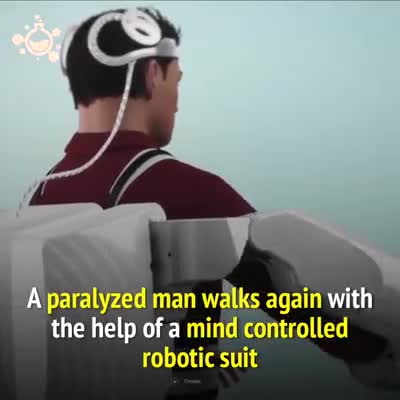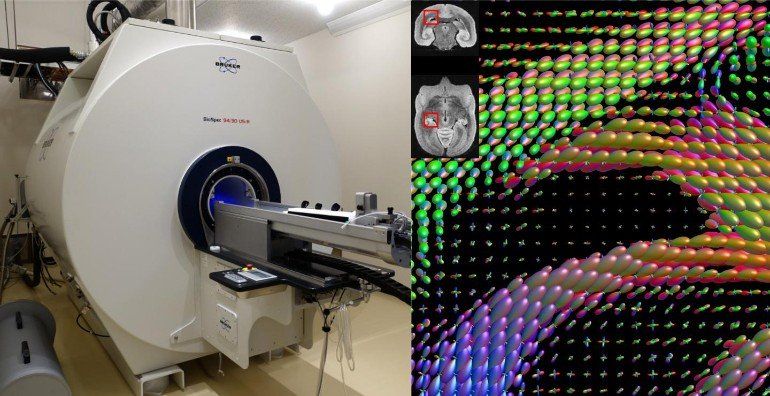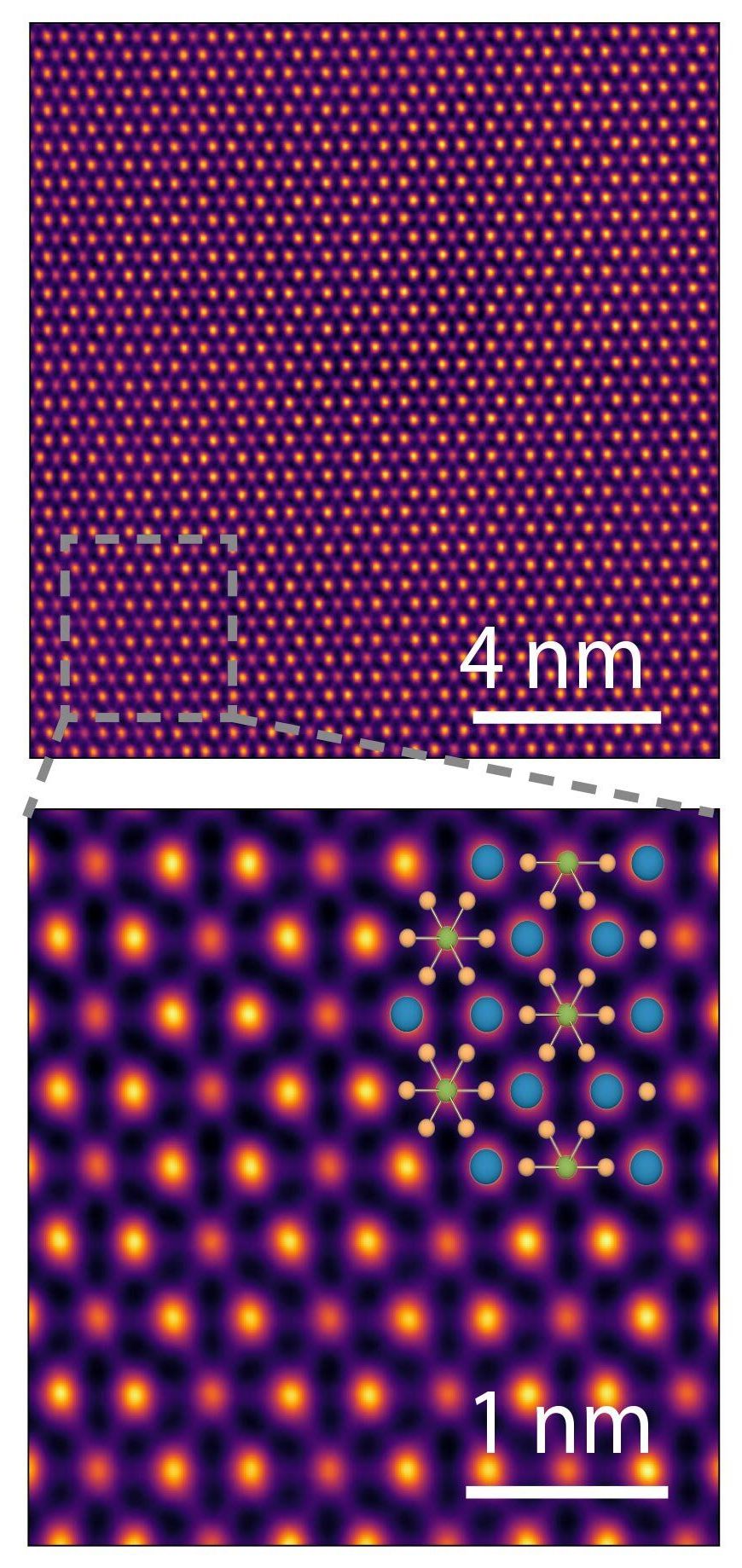Page 5850
Dec 19, 2020
This New AI-Driven Quiz Predicts Your Psychological Age
Posted by Poopeh Morakkabati in categories: life extension, neuroscience, robotics/AI
A questionnaire developed by XPRIZE and Deep Longevity claims to be able to accurately predict your psychological age by using artificial intelligence (AI) to analyze your answers, which theoretically should fall close to your chronological age. The questionnaire is developed from a study published in Aging that used AI in an attempt to identify key hallmarks of psychological aging and the top risk factors that affect mortality.
While the questionnaire seems like a fun insight into whether you’re an old soul or a young gun at heart, there is an important scientific basis for an age-predicting AI. The newly developed technology represents the first AI aimed solely at using psychological aspects to predict age. The researchers hope it can contribute to understanding the role psychological clocks play in overall aging, as well as improving mental health and the feeling of youth.
“For the first time, AI can predict human psychological and subjective age and help identify the possible interventions that can be applied in order to help people feel and behave younger,” said Alex Zhavoronkov, PhD, founder and CLO of Deep Longevity and co-author of the study, in a statement.
Dec 19, 2020
Machine Intelligence Accelerates Research Into Mapping Brains
Posted by Genevieve Klien in categories: biotech/medical, robotics/AI
Summary: Combining machine learning with MRI brain scans helps researchers provide a more accurate map of the brain.
Source: OIST
Scientists in Japan’s brain science project have used machine intelligence to improve the accuracy and reliability of a powerful brain-mapping technique, a new study reports.
Dec 19, 2020
Genetically engineered T cells could lead to therapies for autoimmune diseases
Posted by Quinn Sena in categories: bioengineering, biotech/medical, evolution, genetics, life extension
A new study has found that a novel T cell genetically engineered by University of Arizona Health Sciences researchers is able to target and attack pathogenic T cells that cause Type 1 diabetes, which could lead to new immunotherapy treatments.
The immune system fights bacteria, viruses and other pathogens by utilizing several types of T cells, all of which have receptors that are specific to particular antigens. On killer T cells, the receptor works in concert with three signaling modules and a coreceptor to destroy the infected cell. Michael Kuhns, Ph.D., an associate professor in the UArizona College of Medicine—Tucson Department of Immunobiology, copied the evolutionary design to engineer a five-module chimeric antigen receptor, or 5MCAR, T cell.
“The 5MCAR was an attempt to figure out if we could build something by biomimicry, using some of evolution’s natural pieces, and redirect T cells to do what we want them to do. We engineered a 5MCAR that would direct killer T cells to target autoimmune T cells that mediate Type 1 diabetes,” said Dr. Kuhns, who is member of the UArizona Cancer Center, BIO5 Institute and Arizona Center on Aging. “So now, a killer T cell will actually recognize another T cell. We flipped T cell-mediated immunity on its head.”
Dec 19, 2020
‘Christmas Star’ to light up December sky for 1st time in 800 years
Posted by Quinn Sena in category: space
On Dec. 21, humans can witness something not seen in nearly 800 years.
That’s right, during the upcoming winter solstice, Jupiter and Saturn will line up to create what is known as the “Christmas Star” or “Star of Bethlehem.”
These two planets haven’t appeared this (relatively) close together from Earth’s vantage point since the Middle Ages.
Dec 19, 2020
Titanium atom that exists in two places at once in crystal to blame for unusual phenomenon
Posted by Saúl Morales Rodriguéz in categories: engineering, particle physics, quantum physics
The crystalline solid BaTiS3 (barium titanium sulfide) is terrible at conducting heat, and it turns out that a wayward titanium atom that exists in two places at the same time is to blame.
The discovery, made by researchers from Caltech, USC, and the Department of Energy’s Oak Ridge National Laboratory (ORNL), was published on November 27 in the journal Nature Communications. It provides a fundamental atomic-level insight into an unusual thermal property that has been observed in several materials. The work is of particular interest to researchers who are exploring the potential use of crystalline solids with poor thermal conductivity in thermoelectric applications, in which heat is directly converted into electric energy and vice versa.
“We have found that quantum mechanical effects can play a huge role in setting the thermal transport properties of materials even under familiar conditions like room temperature,” says Austin Minnich, professor of mechanical engineering and applied physics at Caltech and co-corresponding author of the Nature Communications paper.
Dec 19, 2020
Rocket-launching drone ready to take satellites into orbit
Posted by Quinn Sena in categories: drones, satellites
Dec 19, 2020
Light-activated material stores potential energy for months or years
Posted by Quinn Sena in categories: biotech/medical, materials
Researchers at Lancaster University have developed a new material that can store energy for months, and potentially years, at a time. The material can be activated by light, and then release the pent-up energy on demand in the form of heat.
The team started with a metal-organic framework (MOF), materials that are famous for being very porous and as such, having an extremely high surface area. That in turn allows them to hold onto large amounts of molecules, making them great for desalinating or filtering water, capturing carbon dioxide out of the air, or delivering drugs in the body.
For the new study, the Lancaster researchers tested out how well a MOF might be able to store energy. They started with a version of the material called a DMOF1, and loaded its pores with azobenzene molecules. This compound is excellent at absorbing light, which causes its molecules to physically change shape.
Dec 19, 2020
Fungi Leather Could Mould The Future of Sustainable Fashion
Posted by Raphael Ramos in categories: biological, sustainability
Future leather…may be made from fungus! Cool! 😃
Around five years ago, US companies MycoWorks and Ecovative invented and patented fungus-derived leather technologies. These technologies use the mushroom’s root-like structure, known as mycelium. When mycelium is grown on agricultural waste or sawdust, they produce a thick mat that can be treated to look like leather.
This natural biological process can be conducted anywhere since the roots are used and not the mushrooms. The process doesn’t need light; it turns waste into something useful and stores carbon by collecting it in the growing fungus.
Continue reading “Fungi Leather Could Mould The Future of Sustainable Fashion” »
Dec 19, 2020
Fireball ‘as bright as full moon’ spotted in night sky over Japan
Posted by Quinn Sena in category: space

Social media was abuzz Sunday after reports that an object emitting an intense light had been spotted falling from the skies above Japan in the early hours of the morning.
Supplied photo taken from video footage of a fireball seen in Gifu Prefecture, central Japan. (Kyodo)
Continue reading “Fireball ‘as bright as full moon’ spotted in night sky over Japan” »

















